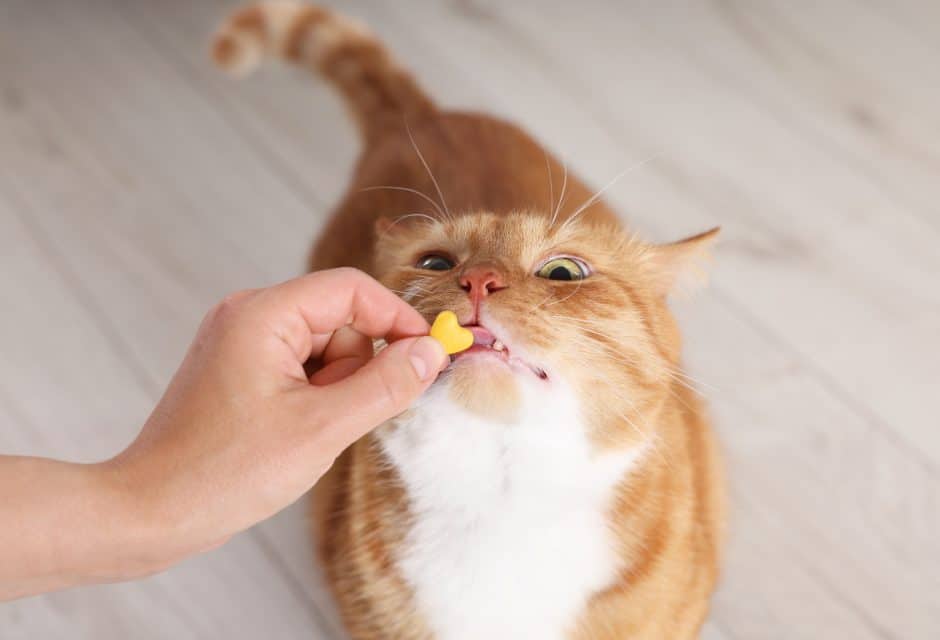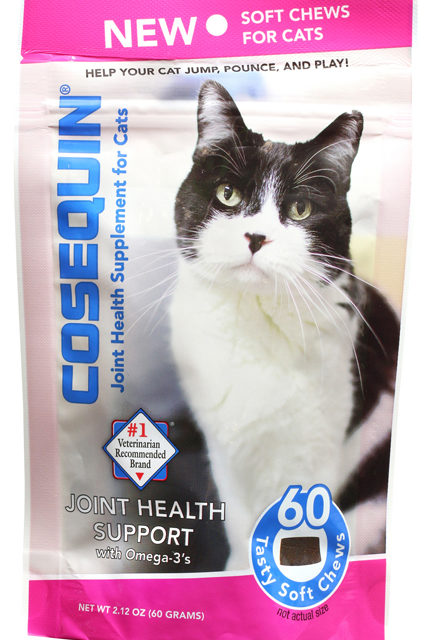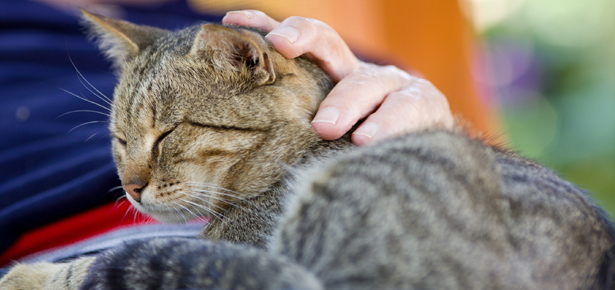

How To Pill A Cat
A vet shares her top tips for medicating your cat
Giving medication to cats is notoriously difficult, making it extra stressful when your cat is ill. No one wants to fight every day to get medication into their cat!
The good news is there are many things that you can do to make the process easier and less stressful. Here are my five top tips to help you get meds into your cat without it being stressful!
# 1. Is There an Alternative?
If you are struggling with the medication your vet has prescribed, your vet may be able to change it for something easier for you to give your cat. Some medications come as both liquid and tablets. A few medications even come as a transdermal cream that you rub on your cat’s skin. Please talk to your vet—together you can decide which form is best for you.
# 2. Exploit Your Cat’s Weakness
Use your cat’s favourite food or treat—wet food, canned food, sardines—to your advantage and hide their medication in it. Create scarcity around this food—reserve it especially for meds time. Cats who love dry food may still eat their dry food with medication crushed on top. I know this seems improbable, but it works really well for some cats. You can also mix medications in with liquid treats if this is something your cat loves to eat.
Some cats will eat pills designed to be palatable, but many cats will still be suspicious of them. Marinating these pills with your cat’s favourite treats may provide the final incentive they need. Do this by taking the medication out of the packet and putting it in the packet of treats for a day or two or simply by rubbing the pill and the treat together. Make sure you put down some treats too. Your cat may be so busy hoovering up their favourite treat that they may not notice that one is not quite like the others.
Pro Tip: Remember that hunger is always your friend when giving medication in food or treats. Choose the time when your cat is hungriest and, therefore, most likely to polish off food quickly.
# 3. Pill Putty
Treats designed to hide medication in are soft, allowing you to mould the treat around the medication. If your cat will not eat these treats, marinate them with your cat’s favourite treats to make them more appealing.
# 4. Dog Treats
I’ve used dog treats to medicate my difficult-to-pill cat for many years because nothing else works! Dog treats are larger in size and may allow you to hide your cat’s medication within the treat. You need to make sure that the treat is not too big and that it is not a dog chew treat as this may break or damage your cat’s teeth. I use a dog treat that is soft in the centre. I cut it in half, scoop out the soft centre with a knife, and hide half a tablet in the treat before sealing it up with the soft centre. One or two dog treats (even daily) to get medication into your cat will not harm them.
# 5. Gelatine Capsules
If you can’t tempt your cat to take pills in food or treats and therefore must put medication in your cat’s mouth, this tip is for you! For these cats, you can use gelatine capsules. These are empty capsules that come in several different sizes, allowing you to put your cat’s medication inside. This achieves two things: the gelatine capsule disguises any bad taste or smell and it allows you to give multiple medications at once as you can fit several different medications into one capsule.
# 6. Bonus Tip: A Feeding Tube
Cats who are acutely unwell and on a lot of medication often do not eat or are extra picky, so hiding medication in food is not an option. For these cats, vets often recommend a feeding tube. This is a tube that usually goes directly into the oesophagus. Your cat can be fed food, water, and medication through this tube. Cats tolerate these tubes well and often do not even notice them. And they can stay in for weeks, until your cat has recovered. Placing the tube is very easy. It does require a short anaesthetic, but it can save a lot of anxiety in the long run. If your cat is ill, it is worth discussing with your vet if a feeding tube could help your cat.
For more expert, cat-specific vet advice, visit allcats.co.uk!
This article originally appeared in the award-winning Modern Cat magazine. Subscribe today!
Join the newsletter and never miss out on cat content again!
"*" indicates required fields
By clicking the arrow, you agree to our web Terms of Use and Privacy & Cookie Policy. Easy unsubscribe links are provided in every email.











